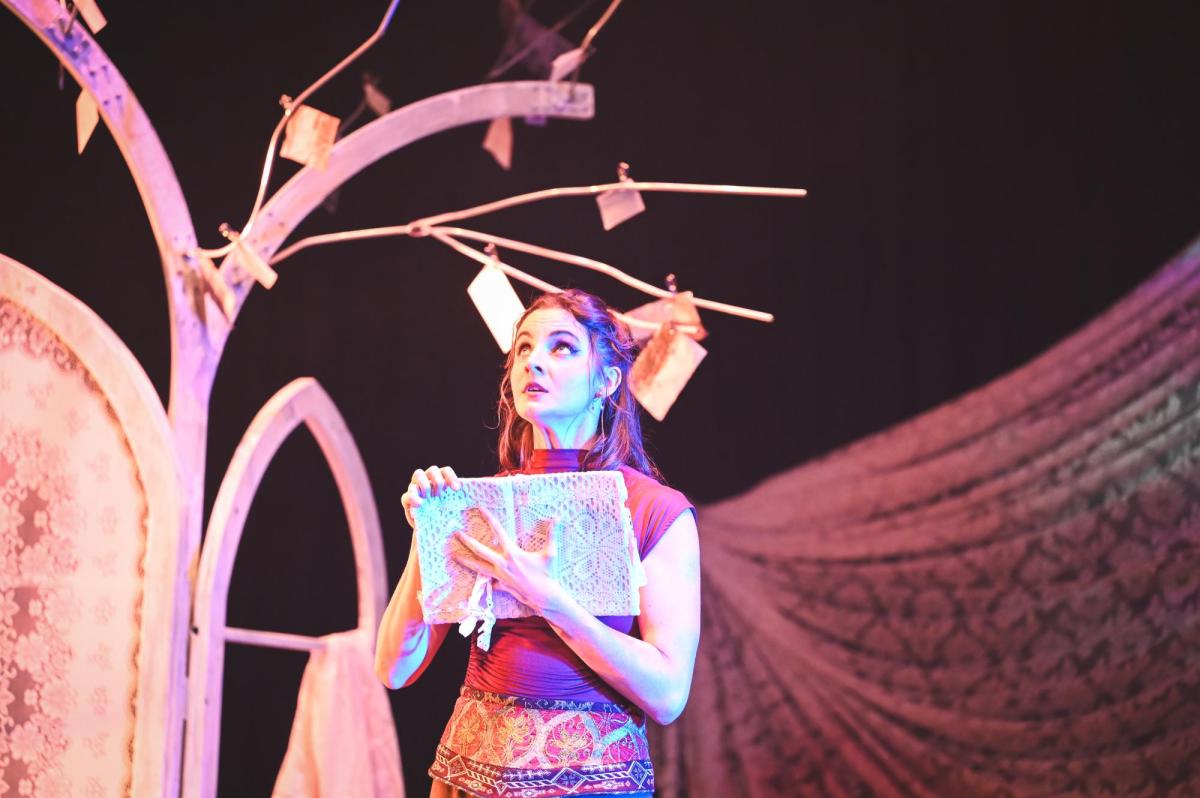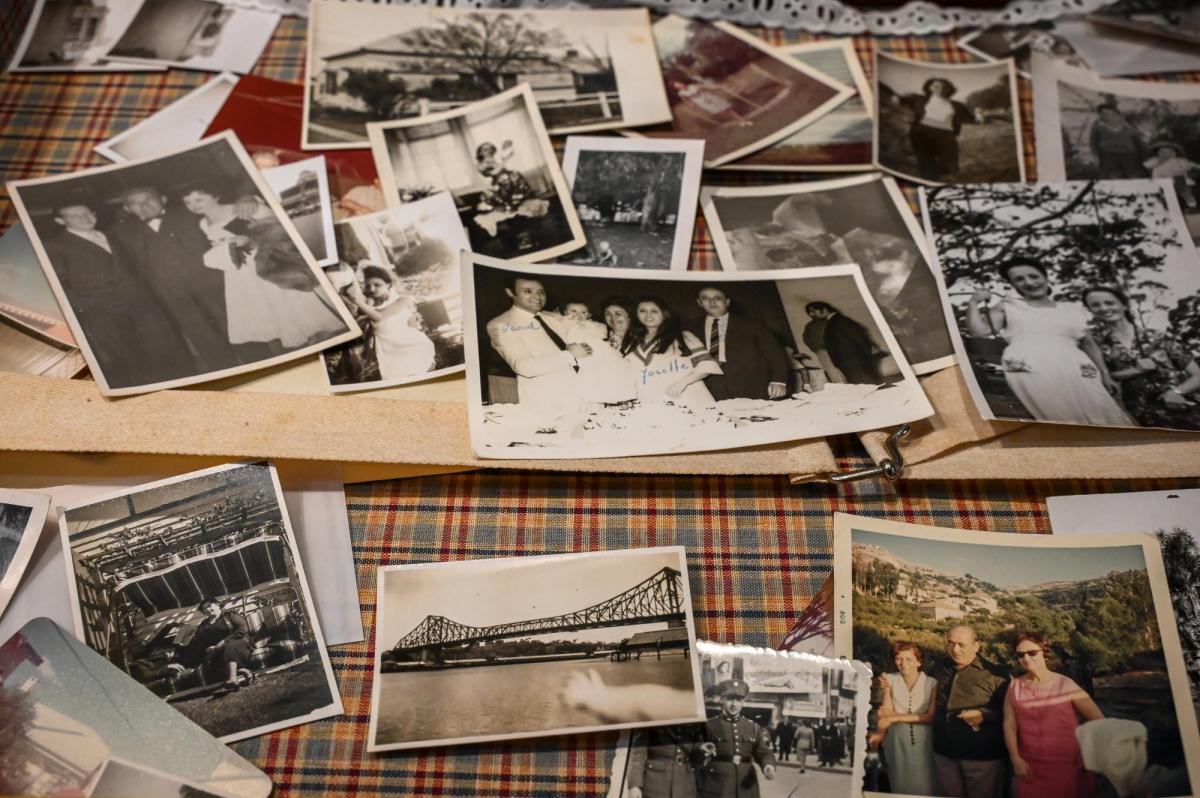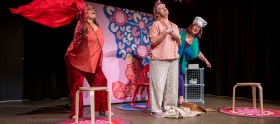The Last Princess of Lebanon: quick links
When Nadia Milford’s great-grandmother arrived in Australia in 1935, a newspaper featured a photograph of the young mother and her baby titled, ‘British Subject Who Speaks No English.’ Married in Lebanon at just 15 years of age to an Australian-based businessman, the fact that the already bilingual Mrs Nadia Ward did not (yet) speak English was perhaps the least extraordinary thing about her.
Amira (princess) Nadia Abillama, as she was born, may not have been a princess in the way we typically understand the word – Lebanon had recently passed from Ottoman rule to the French Mandate, and had no monarchy of its own – but she certainly seemed to have the life of one, attending a French language school and dreaming of her beloved beneath the ornate arches of her home in the famed Beiteddine Palace.
The Last Princess of Lebanon: how many migrant stories in Australia are untold?
Abillama’s great-granddaughter and namesake brought her story to the stage in a multidisciplinary one-woman show that reminds us how many migrant stories in Australia remain untold.
Milford reimagines her great-grandmother’s life through her own, starting with a childhood spent climbing a mulberry tree – that Lebanese backyard staple – and being entranced by the fairytale of her Sitti (grandmother) the Amira. But young Nadia gradually comes to realise that while the beautiful Amira may have fallen asleep in a palace, she awoke in a strange land, the marble floors of the palace exchanged for a creaky Queenslander in the rural town of Dalby, and the handsome prince switched for a violent and controlling husband some 25 years her senior. There was no fairy godmother to rescue her.

The Last Princess of Lebanon: clash of culture and identities
If Abillama managed to find a small measure of autonomy in the Dalby drapery she ran, bringing her Continental flair to Cunningham Street, it was diminished by mid-century Australia’s contempt for migrants. Milford traces how in such an environment, new arrivals and their children learned quickly to ‘Australianise’, abandoning language (if not food) in an attempt to negotiate the clash of culture and identities.
But not all markers of identity can be so easily discarded, and young Nadia wonders if she may have inherited her great-grandmother’s pain and anger along with her bewitching green eyes and sometimes comically vague recipes.
The Last Princess of Lebanon: the stories and silences of family history
Milford’s script is impressive for the way it navigates the stories and silences of family history. Movement, narration, and dialogue take turns to fill the gaps and, while certain sequences drawing on the motifs of horror film feel tonally at odds with the rest of the piece, Milford’s multi-layered recreation of past and present nonetheless forges a gripping, intensely personal narrative.
If there is one thing perhaps missing, it was the voice of Abillama herself: with so few of her own words, be they in Arabic, or French, or accented English, the woman in the photos pinned to the set’s mulberry tree remained at a distance. The abuse inflicted by Abillama’s husband was also at times underplayed, as was the role of a Maronite church that provided the scaffolding for a patriarchy which diminished the lives of so many brilliant women, then served as a lifeline in the face of their concomitant despair.
Read: La Bohème review: now relocated to 1930s Berlin at the Sydney Opera House
Milford trained as dancer, but with this show categorically establishes herself as a writer and actor too. It takes a brave artist to perform a homegrown story in front of a hometown audience. In a full house at Toowoomba’s Empire precinct, where many of those seated around me remembered Mrs Ward of Dalby, Milford’s performance was one of grace, fearlessness, honesty, and joy.
The Last Princess of Lebanon was performed at the Armitage Centre on 22 August 2025 but there are plans afoot to stage it elsewhere.






